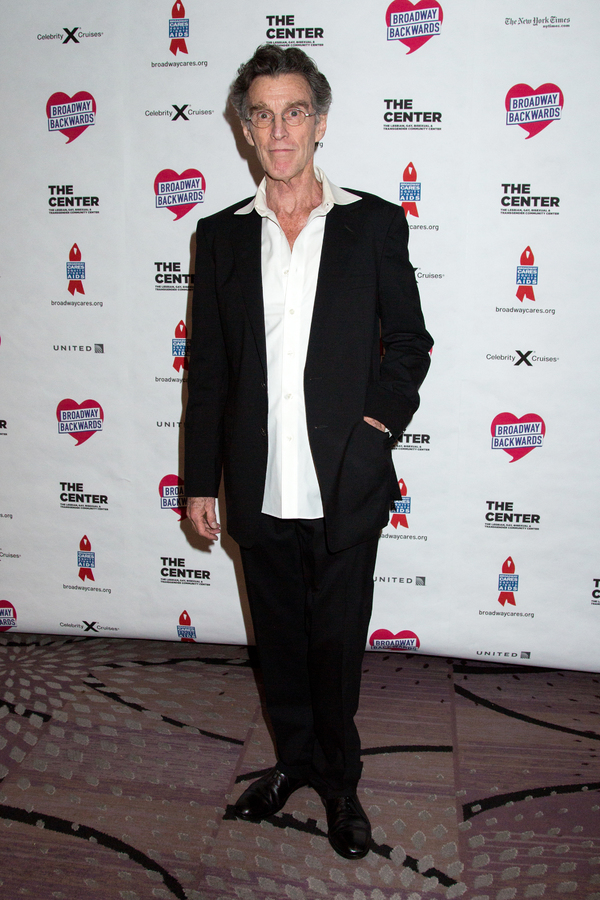Actors often find themselves in a precarious position when choosing roles. The decision-making process involves not only their artistic preferences but also the potential commercial success of a project. This intricate balance can make or break an actor's career, and understanding how they navigate this landscape is fascinating. In this article, we delve into the strategies actors use to avoid roles that might harm their reputation or lead to box office failures.
From seasoned veterans to rising stars, every actor has their own set of criteria for selecting roles. Some rely on gut feelings, while others meticulously analyze scripts and directors. Regardless of their approach, the ability to skillfully dodge flop roles is an art form in itself. Here, we explore insider secrets that reveal how actors manage to stay ahead of the game and maintain successful careers.
Tom Felton: A Journey Through Diverse Roles
Tom Felton, best known for his role as Draco Malfoy in the Harry Potter series, has showcased his versatility throughout his acting career. From playing pivotal characters in films like Rise of the Planet of the Apes to taking on diverse roles in independent projects, Felton has demonstrated a keen eye for selecting impactful parts. His ability to choose roles that resonate with audiences has been instrumental in his continued success.
One notable aspect of Felton's career is his willingness to step outside his comfort zone. By embracing roles that challenge him creatively, he has managed to avoid being typecast. This strategic approach not only enhances his craft but also keeps his audience engaged and eager to see what he will do next.
Beyond his film work, Felton has ventured into theater and television, further expanding his repertoire. His adaptability and commitment to quality storytelling have allowed him to sidestep potential pitfalls, ensuring a steady stream of compelling projects that keep him relevant in the industry.
Strategic Choices in Action Films
In action-packed movies, actors often face the challenge of balancing thrilling stunts with meaningful character development. Take, for example, the character Remo Williams, whose adventures involve dodging adversaries rather than resorting to violence. This approach highlights the importance of strategic thinking in both the script and casting process. Actors who embrace such nuanced roles demonstrate a deeper understanding of their characters' motivations and actions.
When casting directors seek actors for complex roles, they look for individuals who can bring authenticity to the screen. This requires more than just physical prowess; it demands emotional depth and the ability to convey subtle nuances. By choosing roles that emphasize these qualities, actors can enhance their reputations and avoid becoming associated with superficial or poorly executed projects.
Moreover, actors who prioritize character-driven narratives over spectacle often find greater longevity in their careers. Their performances resonate with audiences on a personal level, creating lasting impressions that transcend fleeting trends or blockbuster hype.
Navigating Career Peaks and Valleys
Every actor experiences highs and lows in their career journey. For some, the transition from peak popularity to relative obscurity can be challenging. However, those who strategically plan their career moves can mitigate the impact of these fluctuations. Jackie, a character from a lesser-known film, exemplifies this struggle as she navigates life without a role model to guide her decisions.
Actors must constantly evaluate the projects they undertake, ensuring they align with their long-term goals. By carefully selecting roles that offer growth opportunities and creative fulfillment, they can maintain momentum even during slower periods. This proactive approach helps them remain competitive in an ever-evolving industry.
Ultimately, the key to avoiding career downturns lies in maintaining a balance between artistic expression and market demand. Actors who successfully navigate this terrain not only preserve their legacy but also inspire future generations to pursue excellence in their craft.
Audition Essentials: Dressing for Success
The audition process is a critical juncture for any aspiring actor. How one presents oneself can significantly influence casting decisions. Wearing inappropriate attire, such as flip flops or excessive facial hair, may detract from an actor's chances of landing a role. Conversely, dressing appropriately can enhance their prospects and leave a positive impression on casting directors.
Industry experts often recommend wearing blue clothing during auditions, as it tends to complement most skin tones and conveys professionalism. This simple yet effective tip underscores the importance of attention to detail in the audition process. Actors who adhere to such guidelines demonstrate their readiness and respect for the opportunity at hand.
Ultimately, the goal is to present oneself in a manner that aligns with the character's persona while showcasing individuality. By doing so, actors increase their likelihood of being cast and avoid common pitfalls that could hinder their progress in the industry.
Commercial Appeal and Audience Engagement
In the world of advertising, capturing audience attention is paramount. Commercials featuring iconic brands like Dodge and beloved celebrities like Nick Offerman illustrate the power of strategic marketing. These campaigns leverage familiar faces to create memorable experiences that resonate with viewers. Even in cases where ads receive mixed reviews, they contribute to ongoing discussions about creativity and consumer engagement.
For actors involved in such projects, the challenge lies in maintaining authenticity while promoting products. By aligning themselves with brands that reflect their values or appeal to their target audience, they can enhance their public image and expand their reach. This symbiotic relationship benefits both parties, fostering mutual growth and recognition.
As seen in recent Super Bowl commercials, the fusion of entertainment and advertising continues to evolve. Actors who participate in these ventures must navigate the delicate balance between artistic integrity and commercial viability, ensuring their contributions add value rather than detract from their professional standing.

